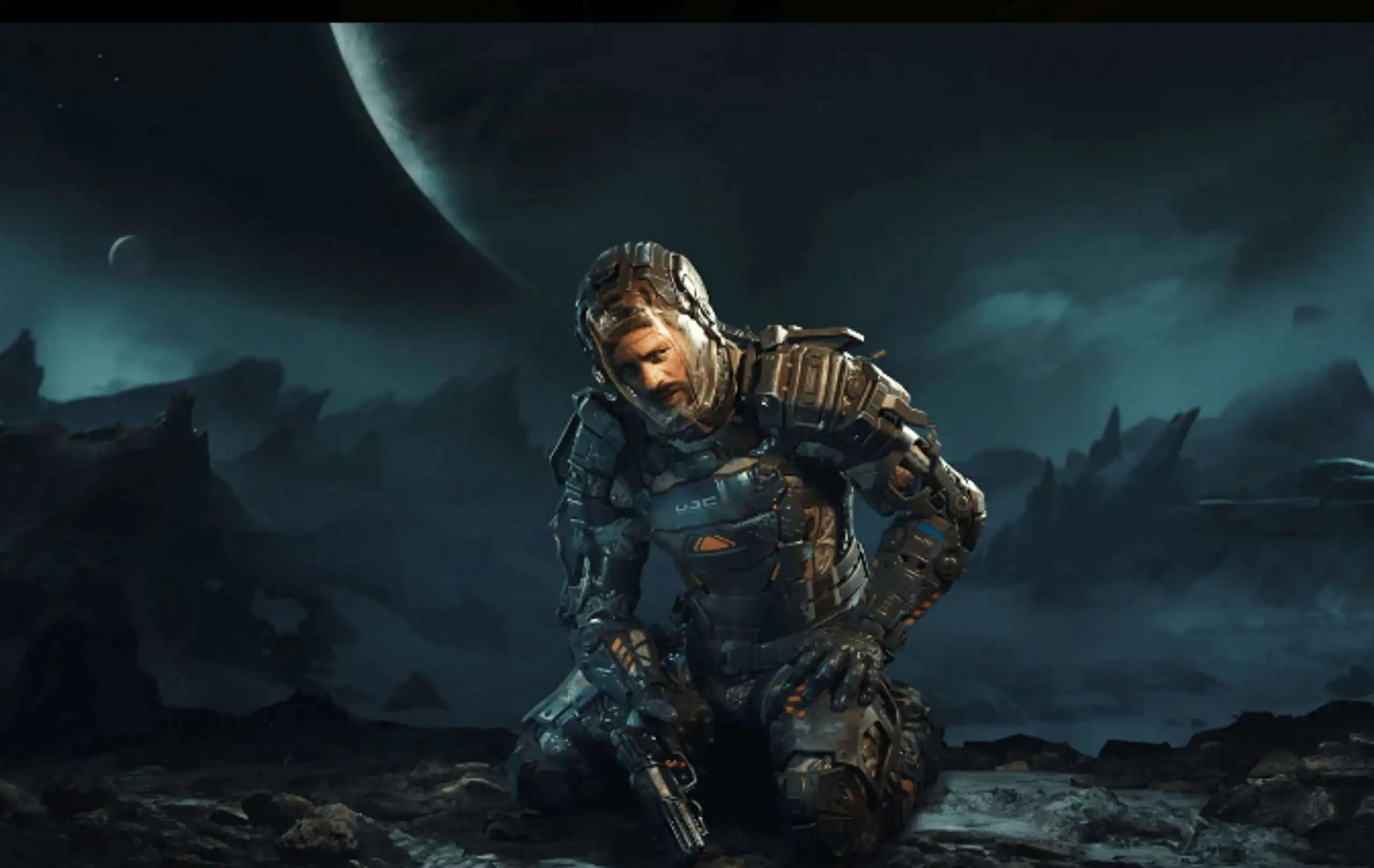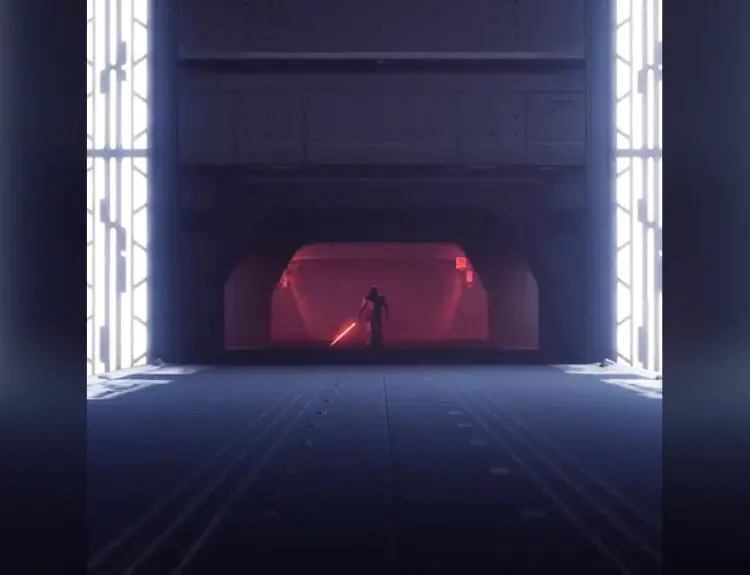The decision of whether to use an internal custom engine or one of the existing and very well game design platforms is a crucial one in the process of creating a new game.
The latter, particularly Unreal Engine version 4.27, was chosen in the case of Striking Distance Studios and its forthcoming game, The Callisto Protocol. You may expect extremely sophisticated blood splatter, limb dismemberment, shredding, and realistic tissue, muscle, and bone damping.
Because Unreal Engine’s mechanics have reportedly been essentially rewritten from the ground up to fit The Callisto Protocol’s brutal gameplay. And they work similarly to an opponent’s natural “HP bars”; thus, the fleshier the monster becomes, the more certain we may be in winning.
This was a brand-new region that we developed. We were certain we needed a gore system that hit every element of a top-notch horror game.
In order to make our gore system as realistic as possible, we combined blood splatter, chunk formation, and dismemberment. To portray actual skin, muscle, and skeletal wounds, we wanted Gore to be a diegetic health bar for each monster.
In addition to using it on opponents, we also used it to symbolize the graphic player deaths. Even defeat is a visual feast in the Callisto Protocol!
Because of the game’s excellent light-shadow system, the developers created their own technique, which they termed Hybrid Ray Traced Shadows.
In light of this, Mark James disclosed that Epic Games had provided some engine enhancements so they could finish version 4.27. We must, of course, focus on incremental improvements in this situation rather than significant modifications.
CTO of Striking Distance Studio Mark James commented I have a lot to be proud of regarding the game we produced. It’s difficult to choose a favorite among our combat gameplay, immersive soundtrack, or lighting techniques. What I’m most proud of is the team.







